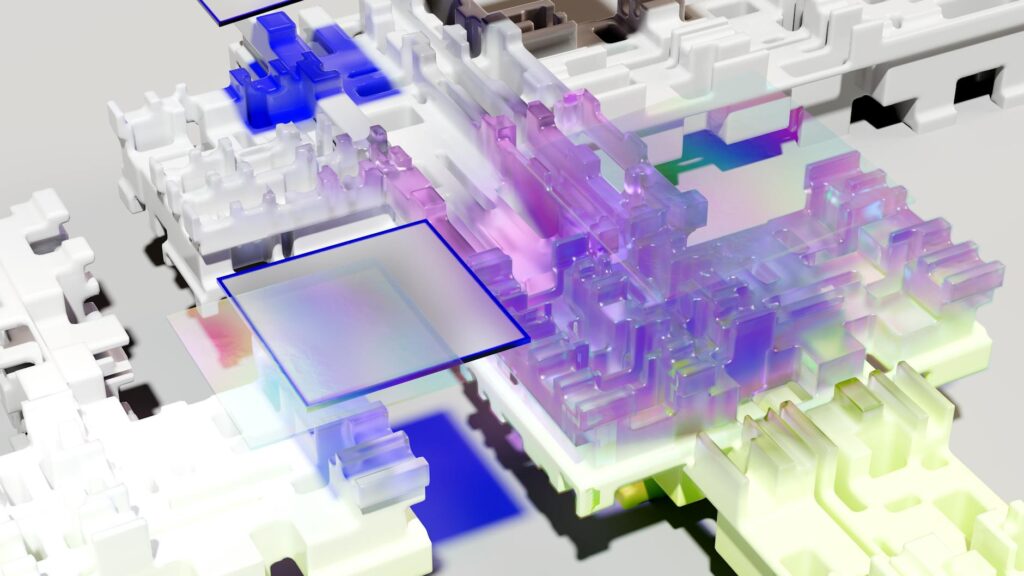How to Analyze the Security of a Protocol’s Admin Keys
Let’s talk about something crucial, something that can make or break your entire project: protocol admin key security. I’ve seen projects rise and fall based on how well they handled this, and trust me, you don’t want to be on the wrong side of this equation. Remember that infamous DAO hack? A single vulnerability related to admin keys cost millions. That’s why understanding how to analyze and fortify your protocol’s admin key security is paramount.
Why Protocol Admin Key Security Matters
Think of admin keys as the master keys to your kingdom. They control everything. From changing crucial parameters to accessing funds, these keys hold immense power. If compromised, they can unlock a Pandora’s Box of vulnerabilities, potentially leading to catastrophic consequences. We’re talking lost funds, reputational damage, and the potential demise of your entire project.
Identifying Potential Vulnerabilities
Before you can strengthen your defenses, you need to know where you’re weak. Analyzing your protocol admin key security involves a deep dive into your system’s architecture, identifying potential points of failure. Consider these crucial aspects:
- Key Storage: Where are your keys stored? Are they offline in a cold wallet, or are they susceptible to online attacks?
- Access Control: Who has access to these keys? Is it a single person, a multi-sig wallet, or a more complex system?
- Key Rotation: How often are your keys rotated? Regular rotation minimizes the impact of a potential compromise.

Implementing Robust Security Measures
Once you’ve identified your vulnerabilities, it’s time to bolster your security. Here are some key strategies:
- Multi-Signature Wallets: Require multiple parties to authorize transactions, minimizing the risk of a single point of failure.
- Hardware Security Modules (HSMs): Store your keys securely in specialized hardware designed for cryptographic operations.
- Time-Delayed Transactions: Introduce a delay between transaction initiation and execution, allowing time to detect and reverse malicious actions.
Analyzing Key Management Procedures
Even with robust security measures, human error remains a significant risk. Analyze your key management procedures rigorously, looking for potential weaknesses. Implement strict protocols for key generation, storage, and access. Train your team thoroughly on security best practices. Regularly review and update your procedures to stay ahead of evolving threats.
Remember, security is not a one-time fix. It’s an ongoing process of vigilance, adaptation, and continuous improvement.
Advanced Analysis Techniques
For advanced analysis, consider techniques like formal verification and penetration testing. Formal verification mathematically proves the correctness of your code, while penetration testing simulates real-world attacks to uncover vulnerabilities. These methods provide a deeper understanding of your security posture and can help identify hidden weaknesses.
Staying Ahead of the Curve
The security landscape is constantly evolving. Stay updated on the latest threats and vulnerabilities. Participate in security audits and engage with the security community. By proactively addressing potential risks, you can ensure the long-term security of your protocol and the trust of your users. Just like a vigilant gardener pruning their plants, consistent attention to protocol admin key security is the key to a thriving and secure ecosystem.
Securing the Future of Your Protocol
Analyzing and strengthening your protocol’s admin key security isn’t just a technical task; it’s a strategic imperative. By taking a proactive and comprehensive approach, you can protect your project from devastating attacks, build trust with your community, and secure the future of your protocol.


